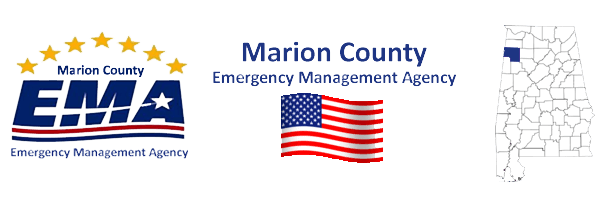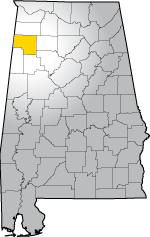EMA

Emergency management was institutionalized in 1979 with the creation of the Federal Emergency Management Agency (FEMA). Since that time, many State and local organizations have changed their names to include the words: Emergency Management. This name change reflects an increased emphasis on making the nation's emergency management capability responsive to any major emergency. Finding resources for disaster management requires a partnership among all levels of government (local, State, and Federal) and the private sector (business and industry, voluntary organizations, and the public.) Disasters do not just appear one day - they exist throughout time and have a life cycle of occurrence. This cycle is matched by a series of management phases:
- Establish strategies to mitigate hazards
- Prepare for emergencies
- Respond to emergencies
- Recover from their effects
The Four Phases of Emergency Management
Mitigation: Preventing future emergencies or minimizing their effects.
This includes any activities that prevent an emergency, reduce the chance of an emergency happening, or reducing the damaging effects of unavoidable emergencies. Buying flood and fire insurance for you home is a mitigation activity. Mitigation activities take place before and after emergencies.
Preparedness: Preparing to handle an emergency
This includes plans or preparations made to save lives and to help response and rescue operations. Evacuation plans and stocking food and water are both examples of preparedness. Preparedness activities take place before an emergency occurs.
Response: Responding safely to an emergency
This includes actions taken to save lives and prevent further property damage in an emergency situation. Response is putting your preparedness plans into action. Seeking shelter from a tornado or turning off gas valves in an earthquake are both response activities. Response activities take place during an emergency.
Recovery: Recovering from an emergency
This includes actions taken to return to a normal situation following an emergency. Recovery includes getting financial assistance to help pay for repairs. Recovery activities take place after an emergency.
Our Goals
The goal of emergency management is to provide protection from all hazards for the citizens, properties, and governments within Marion County. Effective emergency management includes a functional approach to all emergencies, cooperative planning, appropriate use of resources, and shared responsibilities among the three levels of government: local, State and Federal.
In Conclusion
Thank you for taking the time to familiarize yourself with the history, phases and functions of emergency management. If we can assist in any way with your personal emergency plan, please do not hesitate to contact us.
We are looking forward to working with you.
Marion County Emergency Management Agency
EMA Director Eric Terrell
Additional Information
Marion County EMA


